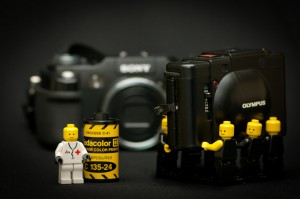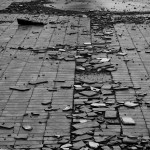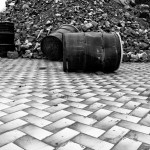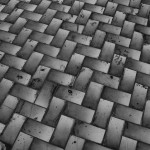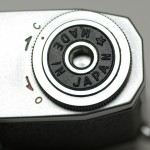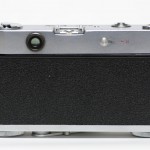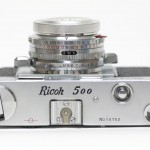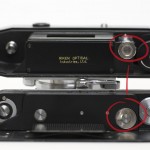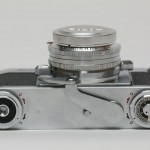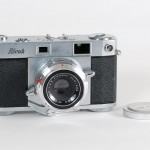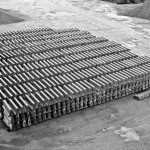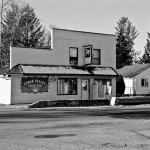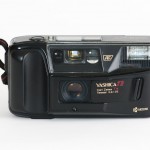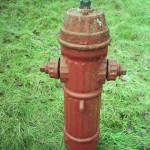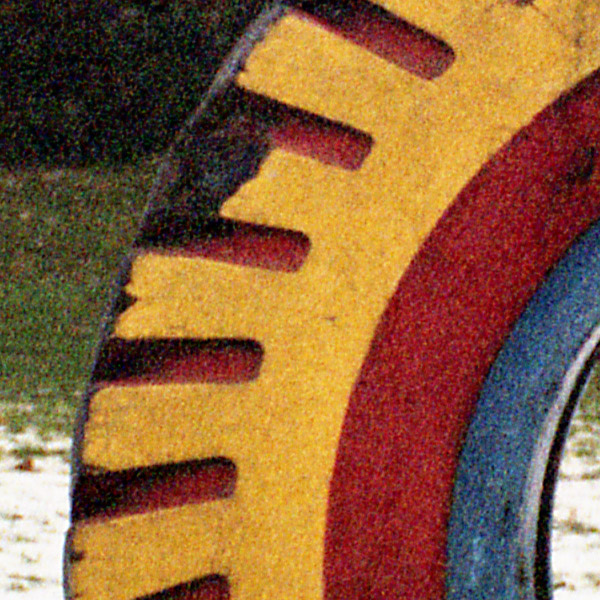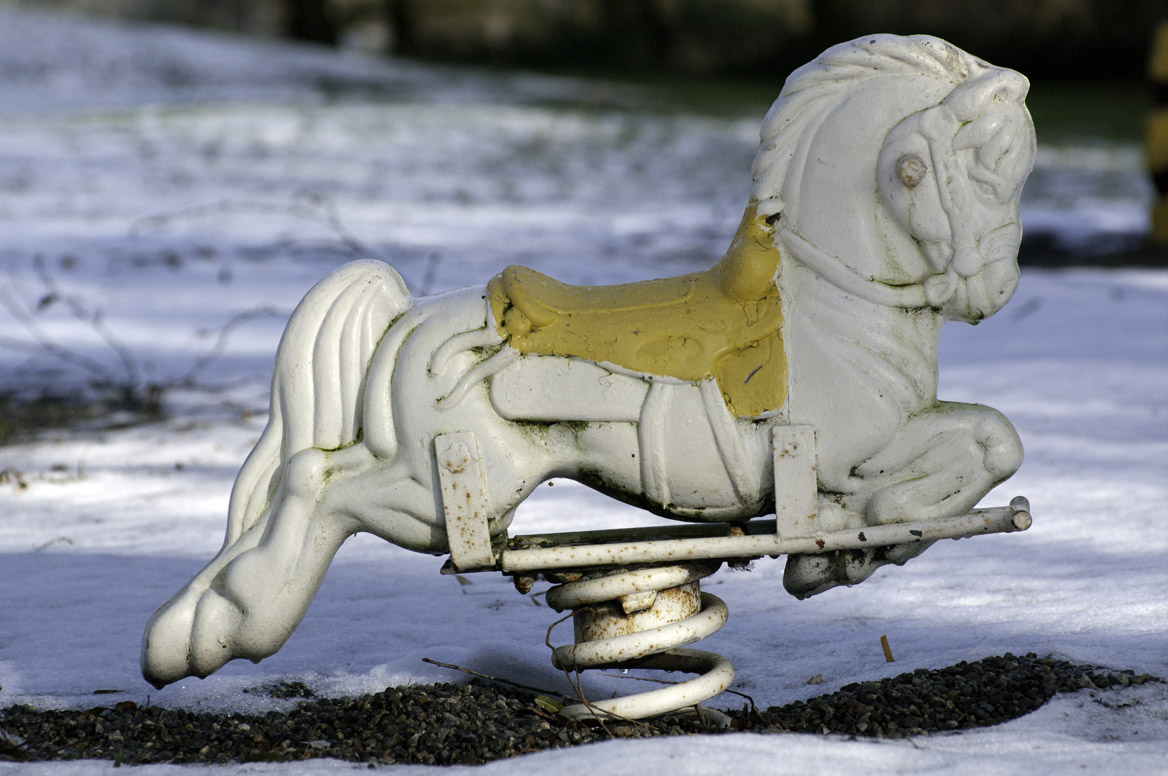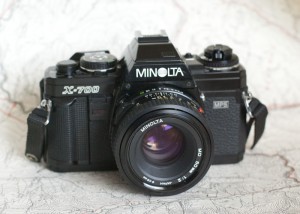Digital vs Film economics
My “advanced compact” camera is getting on in this digital age (six years old) and I’ve been looking at what I will replace it with. Features wise it stands up well against current cameras but the sensor is noisy and the processing is slow. So while comparing the features of the current cameras I started to think about what the equivalent costs would be if I just used film and some of my older cameras. So lets say I choose Kodak Ektar at $7.50 per 36 exposures and pay $3.50 for developing (I do my own scanning) that’s $11.00/36 = 0.30 per image. So if I were to shoot 15 images a week for 52 weeks that’s 780 images times $0.30 is…… drum-roll…… $240 per year. With the current cameras I’ve been looking at costing twice that much I think that it’s actually economical in the short term to continue and even increase my film use. The bonus for me is of course the pleasure I get from using the older cameras.
Of course when I want to do something where getting the image is critical I will still use my DSLR which is gratifying as well.
DSC-V3 Black and white
While by digital camera standards this camera is now ancient, November of 2004, I still enjoy using it for Infrared photo’s and sometimes just because I really like it. One thing I’ve recently started to do is to shoot RAW with it despite the fact that the write times with RAW are very long. By shooting RAW and processing in the latest version of Lightroom 3 I am able to wring a lot more detail out of the files than ever before essentially giving it some new life.
Ricoh 500
Despite the fact that Ricoh has overused the “500” moniker I love the uniqueness of this particular camera. The film advance lever is located underneath instead of the more traditional right thumb location. Being entirely a manual camera exposure levels need to be determined with a light meter or other means. Rather that seeing this as detrimental I actually think that this helps the photographer to really consider what they are perceiving. You need to put some conscious effort into the making of the image.
If you look at the bottom of the camera you can see that there are two locks on either side that secure the back and bottom plate to the rest of the camera. The back must be removed for loading and unloading the film. Inside I’ve circled the two cams that interlock in order to advance the film. The bottom one is made from spring steel in such a way that it advances the film one way but slips over the other one when returning the advance lever. When I first received this camera this mechanism was not working but simply bending the spring steel cam by a fraction of a millimeter, so the two cams met, brought it back into operation. Another thing with this camera was that the focus mechanism was frozen. I carefully applied a small amount of constant force be hand until the hardened grease loosened up. Then by turning the focus numerous times the focus became smooth and even, while it is a bit stiff it could be described as nicely dampened. The reason I mention these things is that the first response to a non functioning camera shouldn’t be to rashly disassemble but to spend time with it and figure out what isn’t working and why.
Yashica T3
The Yashica T3 sports a Carl Zeiss T* 35mm f2.8 lens and uniquely a waist level viewfinder labeled an NA scope (New Angle). Using this viewfinder is a great way to compose images while holding the camera in unconventional positions even overhead. You can override the flash but it re-sets after each shot which is an annoyance. But really this camera is all about the lens which is very good.
Goodbye Kodachrome
I received my final set of slides back yesterday from Dwayne’s Photo which was the last place on earth still processing Kodachrome. A part of me feels a mournful nostalgia despite the fact that in actuality I had stopped using Kodachrome in any meaningful way years ago. An incredible amount of history was recorded with this film and we can be grateful because it was the most stable early colour film and many 60 year old slides remain unchanged.
Warning corrosive high ISO images
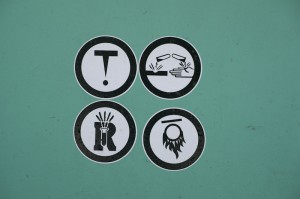 There is a lot of discussion around the light gathering ability of current digital SLR cameras at this time on the Internet. In case you are absorbing this post at some future date I am writing this in 2010 back when cameras could only capture images in murky darkness not inky blackness. Sorry about the fossil fuel thing, who new? Anyway back to the present, so there is all this discussion regarding which brand and which model of camera has the best signal to noise ratio and processing engine in order to make all images look the same no matter what circumstances you decide to take the picture in. Well before such a comparison is no longer possible do to the dwindling availability of a thing called film I though I should provide some perspective. I took some images with Kodak MAX 800 film and took similar pictures with my Pentax K-7 DSLR set at a comparable ISO 800. So when discussing ISO speeds of 12,800 and greater perhaps a small reminder of how much has changed in a few short years is warranted.
There is a lot of discussion around the light gathering ability of current digital SLR cameras at this time on the Internet. In case you are absorbing this post at some future date I am writing this in 2010 back when cameras could only capture images in murky darkness not inky blackness. Sorry about the fossil fuel thing, who new? Anyway back to the present, so there is all this discussion regarding which brand and which model of camera has the best signal to noise ratio and processing engine in order to make all images look the same no matter what circumstances you decide to take the picture in. Well before such a comparison is no longer possible do to the dwindling availability of a thing called film I though I should provide some perspective. I took some images with Kodak MAX 800 film and took similar pictures with my Pentax K-7 DSLR set at a comparable ISO 800. So when discussing ISO speeds of 12,800 and greater perhaps a small reminder of how much has changed in a few short years is warranted.
Kodak Max 800 taken with a Pentax ME Super.
 Kodak Max 800 taken with a Pentax ME Super.
Kodak Max 800 taken with a Pentax ME Super.
As an addendum I’m aware that this wasn’t the best possible film to use but it is what I had on hand and I also didn’t do any noise reduction on either the film or the digital files.
Minolta X700
My first serious camera that I bought for myself was the Minolta X700. I still consider it one of the last great manual focus SLR cameras and it has always been reliable and accurate. It was first introduced in 1981 and apparently it was made right up until 1999. I purchased mine in the late 1980’s at a department store across the border in Washington state. I’m not sure how many rolls of Kodachrome 64 I ran through it but where ever I traveled it went along. I recently shot two rolls of film with it and was reminded why it is so good. It is functional, without frills, with easy to control settings that don’t get in the way of creativity.

